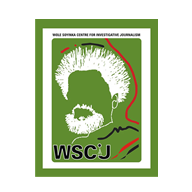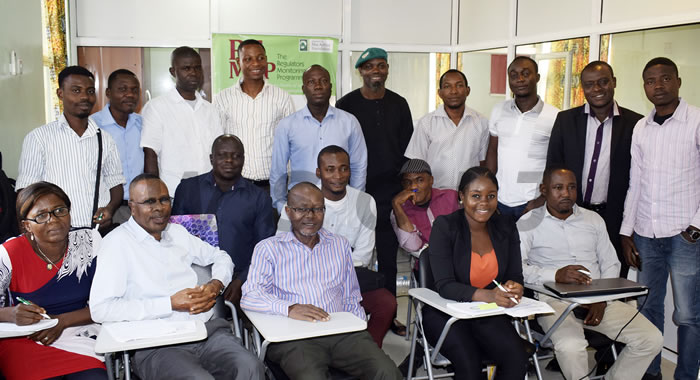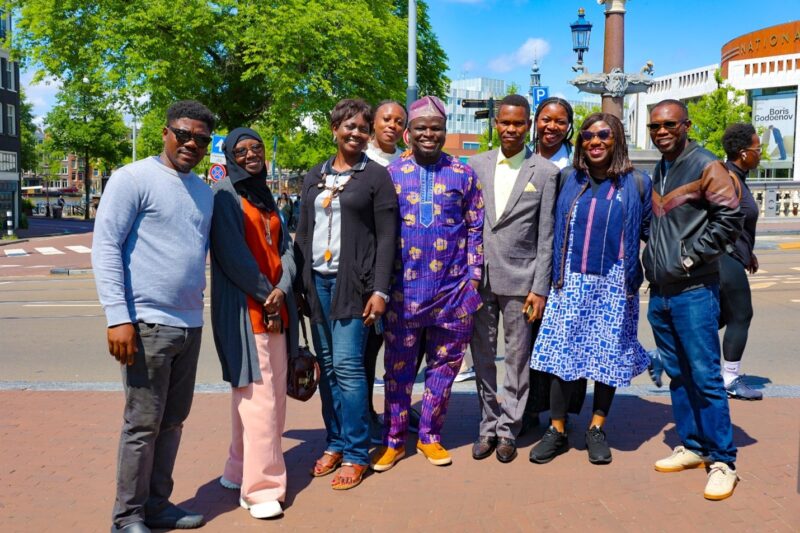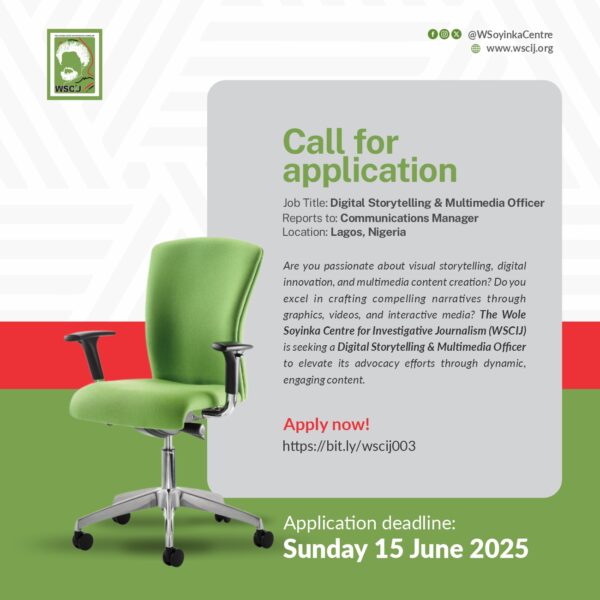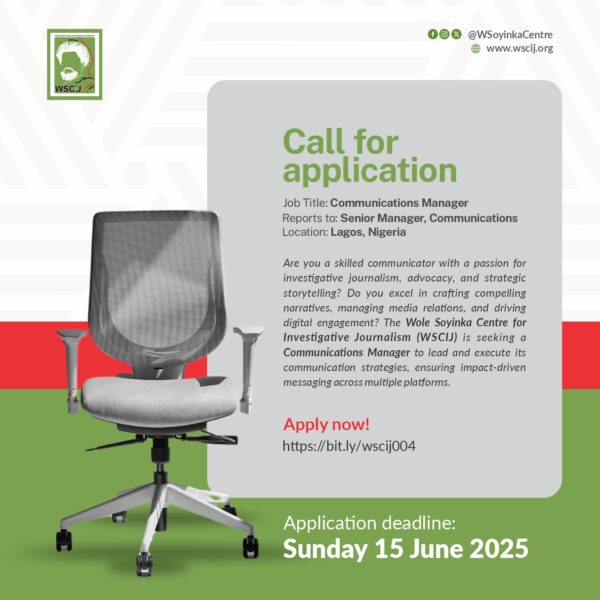No fewer than eighteen photojournalists were trained on the art of visual storytelling at a workshop organised by the Wole Soyinka Centre for Investigative Journalism (WSCIJ) on the 25th and 26th September in Lagos.The two-day training, which initiated a six-week mentoring programme for the journalists, is an activity under the Regulatory Monitoring Programme (REMOP) implemented by the WSCIJ with support from the MacArthur Foundation.
REMOP was conceived by the WSCIJ and supported by the MacArthur Foundation, to keep an eye on the regulators in basic education and electricity. The visual storytelling capacity development initiative for photojournalists is aimed at exposing the reporters to the issues affecting the sectors and document realities through photo stories.
Communicating the training objectives, Motunrayo Alaka, the WSCIJ Coordinator remarked that the Nigerian media according to research by the WSCIJ is largely reactive, with most of the photo stories it publishes being event-based. She argued that a long report might not stimulate change, but that a picture evidence can trigger immediate action.
She shared some storyideas that the photojournalists can work upon, including the state of school facilities, special needs children, out-of-school children, child labour,poor infrastructure, sabotage, criminal and safety issues; and the use of power generators which she calls the annoying alternative.
On his part, Gbile Oshadipe, veteran reporter and photo editor, who was one of the resource persons, said the training was to equip the photojournalists to think beyond the newsroom and become the photojournalists of their dream.
Adeboye Ola, a photojournalism lecturer at the Nigerian Institute of Journalism (NIJ), another resource person at the training, posited that everybody can take pictures, but not everybody can tell stories. He explained that telling a story requires the collection of photographs unified by a central idea and each photograph complementing the other. Adeboye Ola further explained that telling a story with photographs requires that the photographs be well captioned.“Captions help put your pictures in the right context. Without captions, the reader only appreciates the aesthetics”, he said.
In similar vein, Gbile Oshadipe noted that telling a visual story involves some inclusion and exclusion criteria. In his words:“It is whatever you include or exclude in your frame that will tell the story. Most time in photo stories, it is not about how aesthetically the stories are that matters, but the stories the picture tell that matters. Storytelling focuses attention on something that is very important.”
The photojournalists are expected todo story documentary on a specific story idea around basic education and electricity in Nigeria with mentorship from the resource persons.
